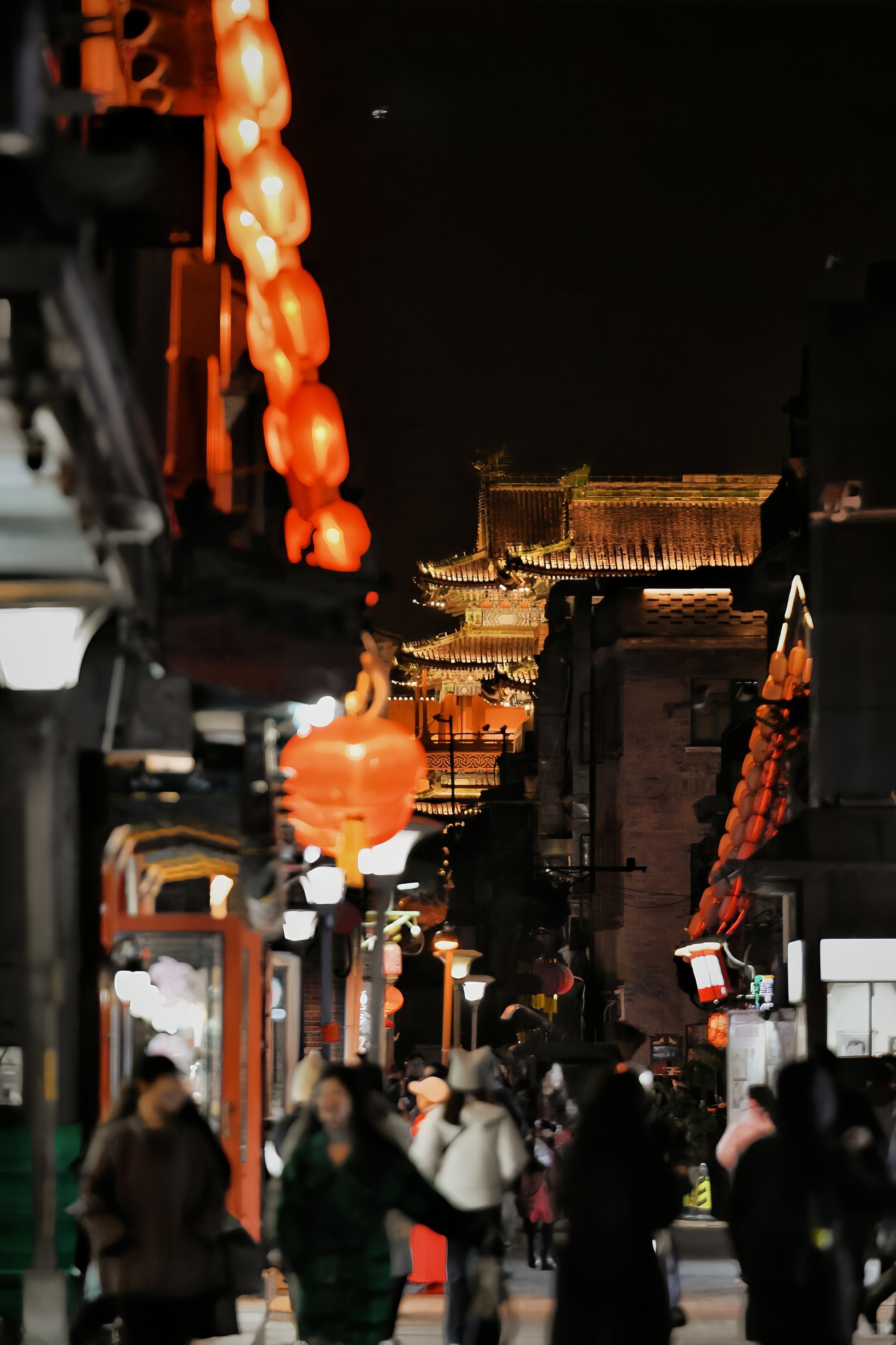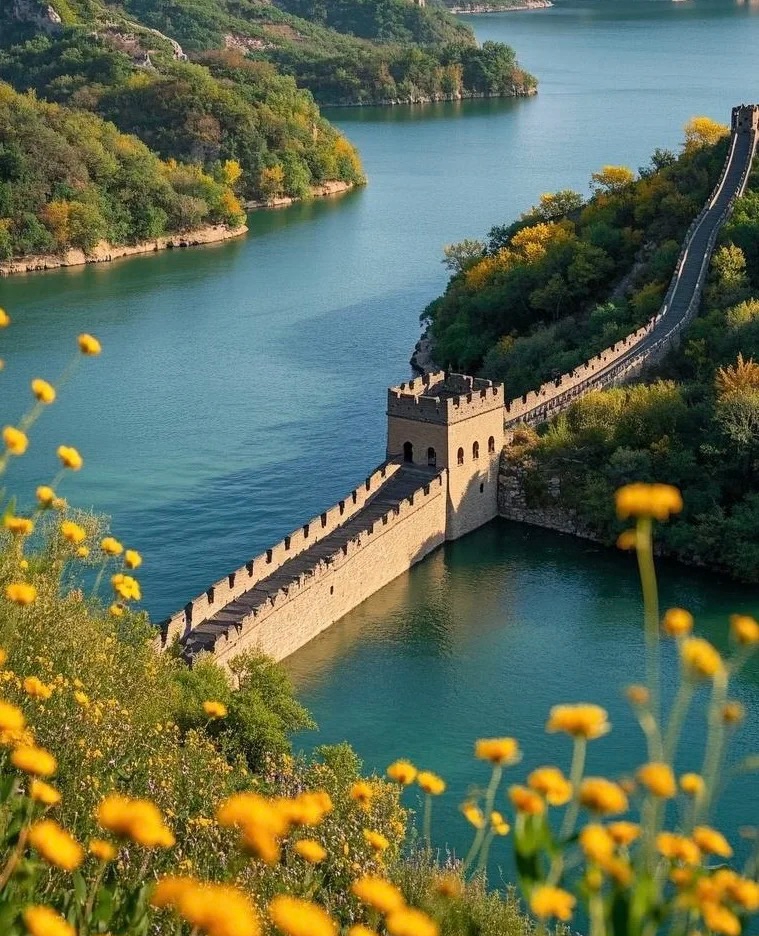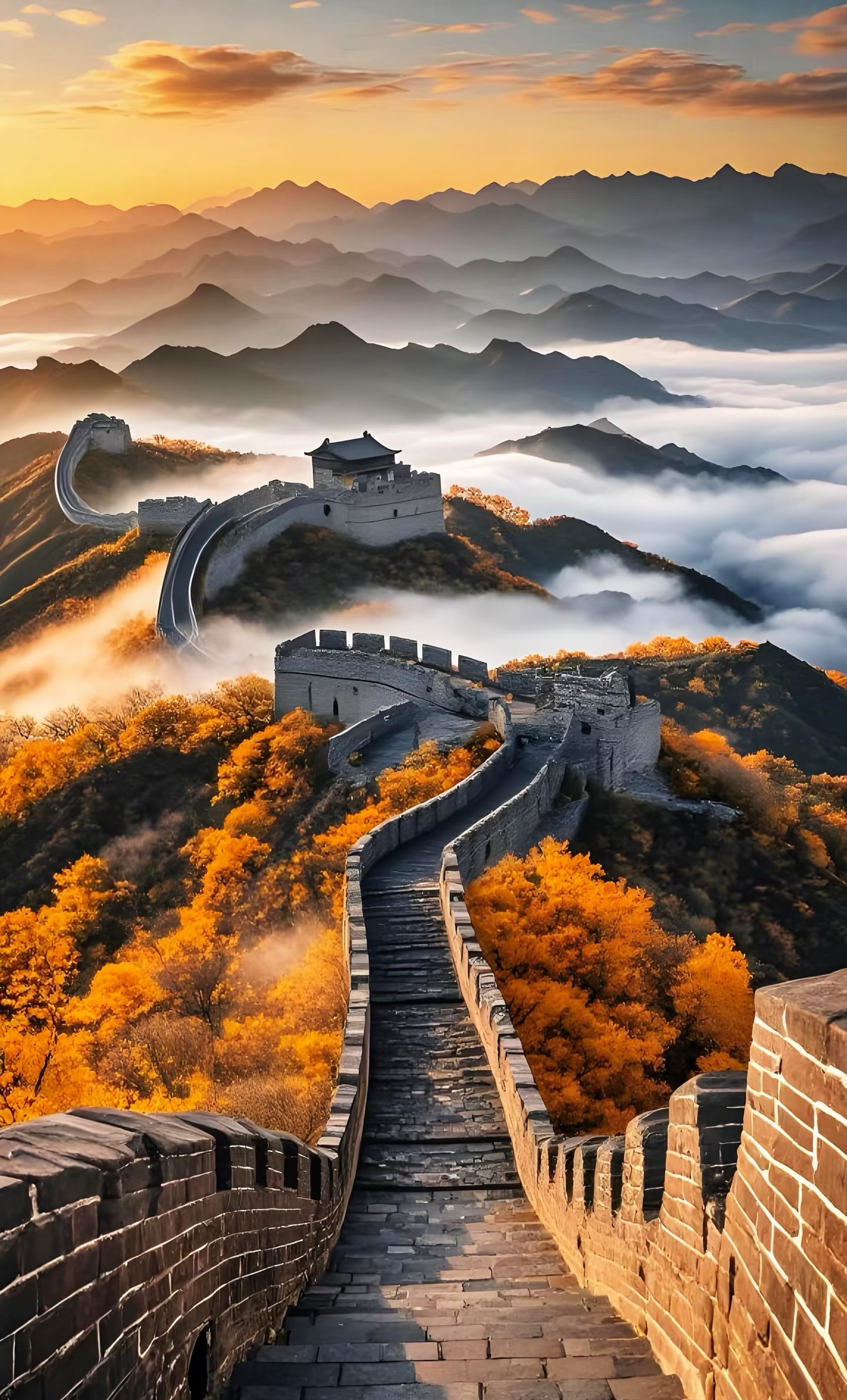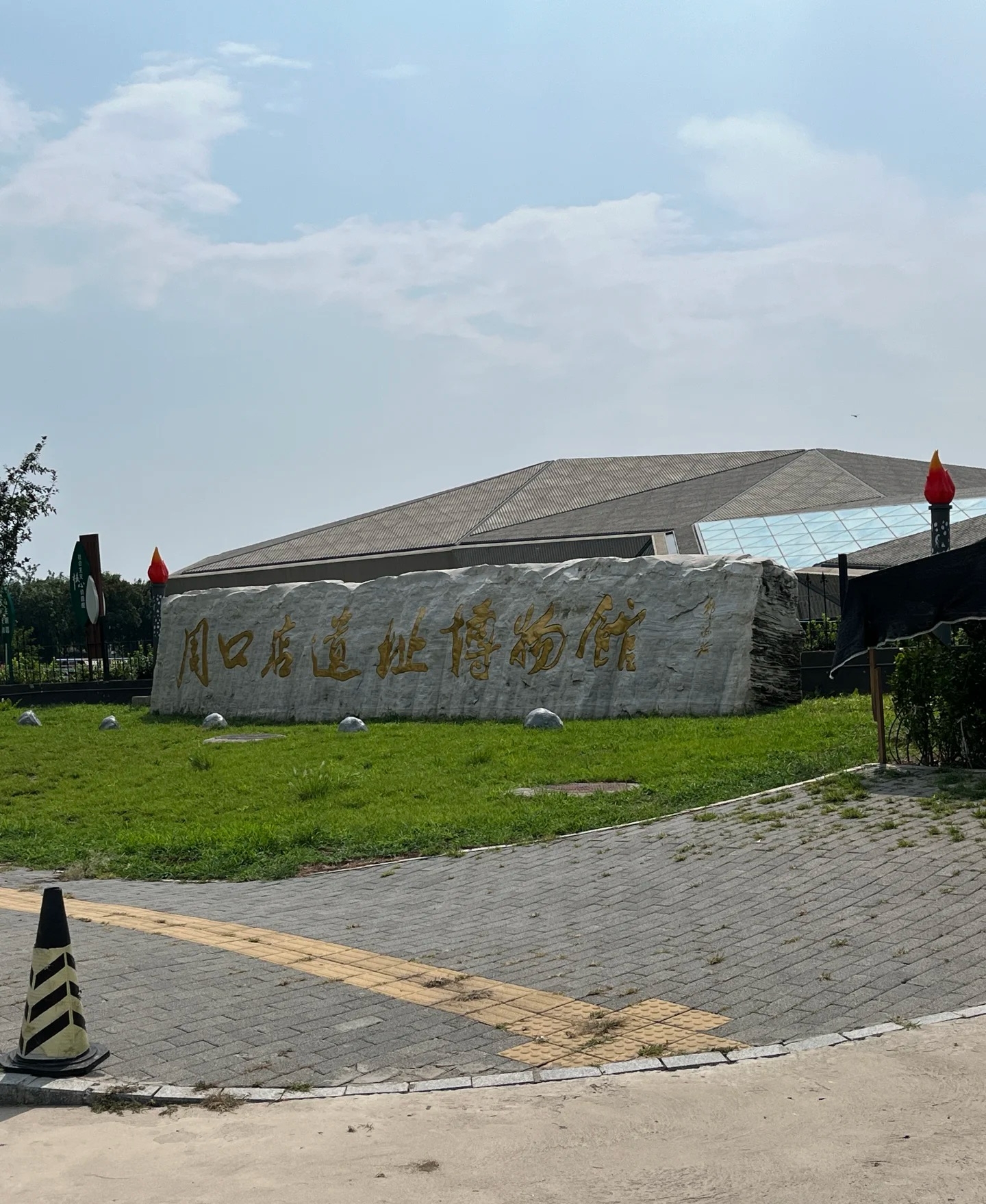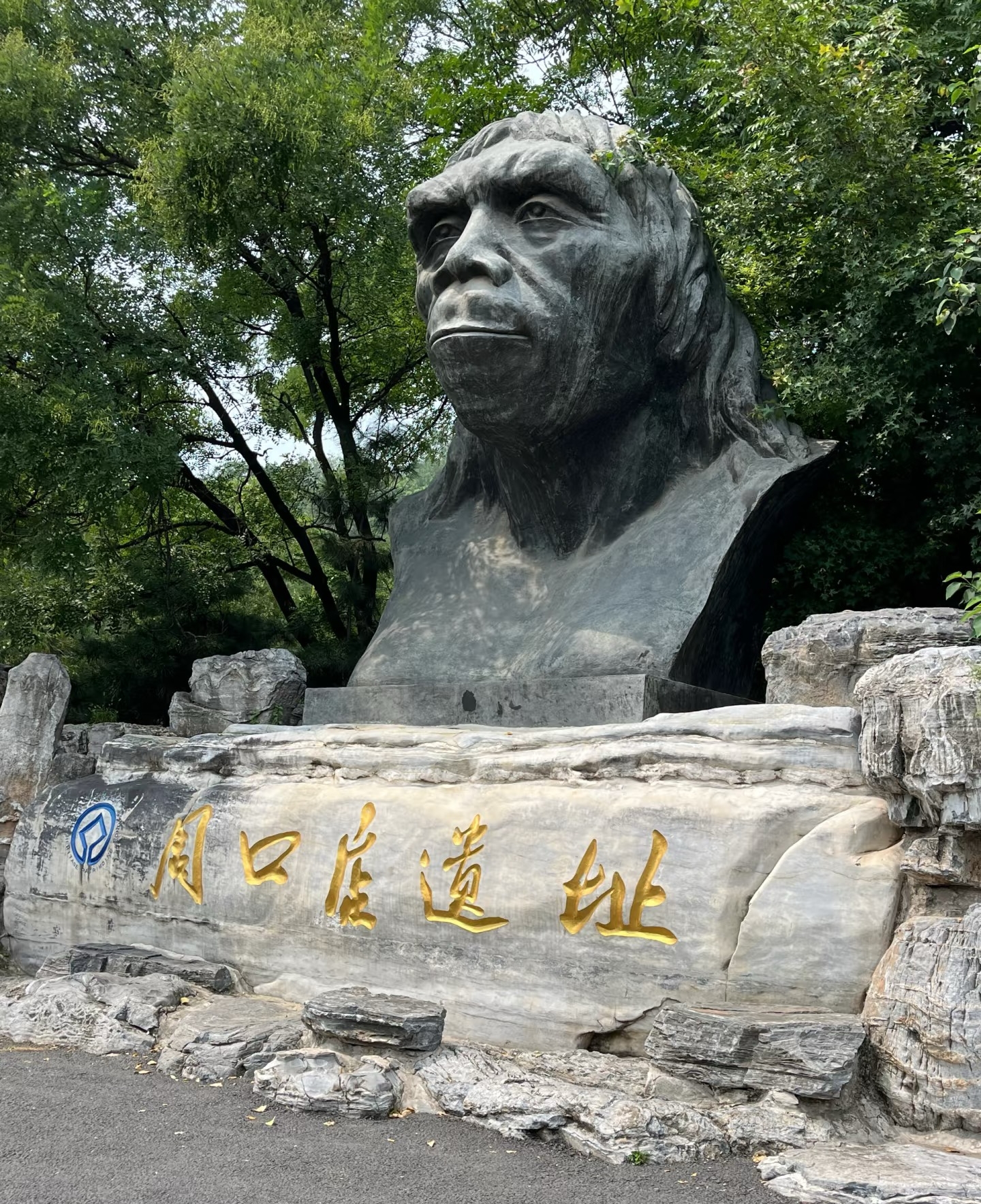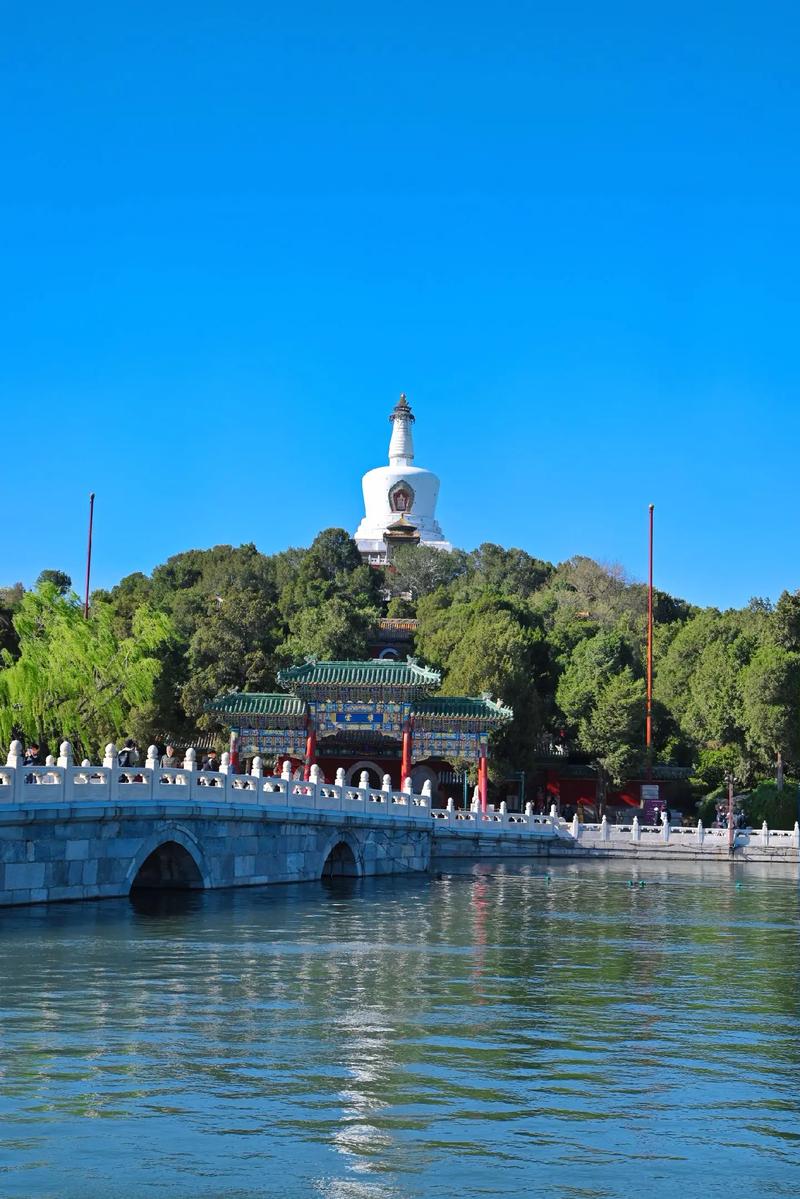

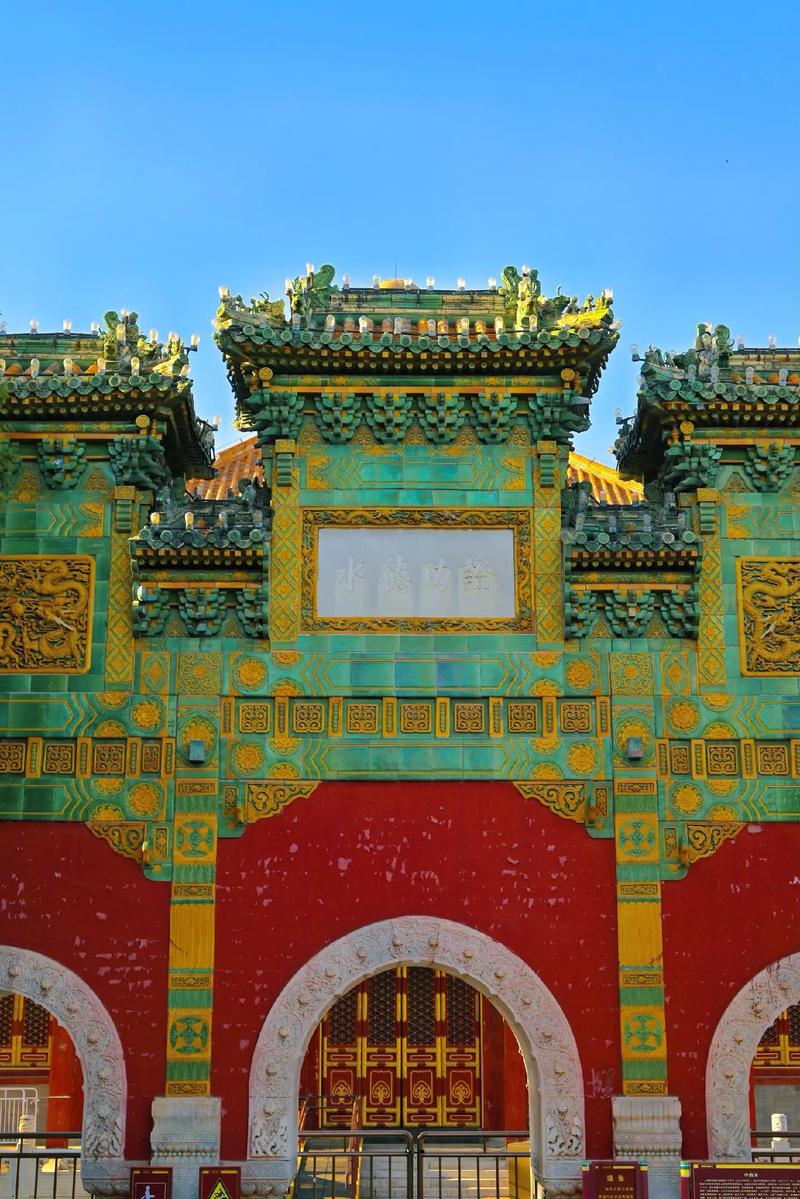
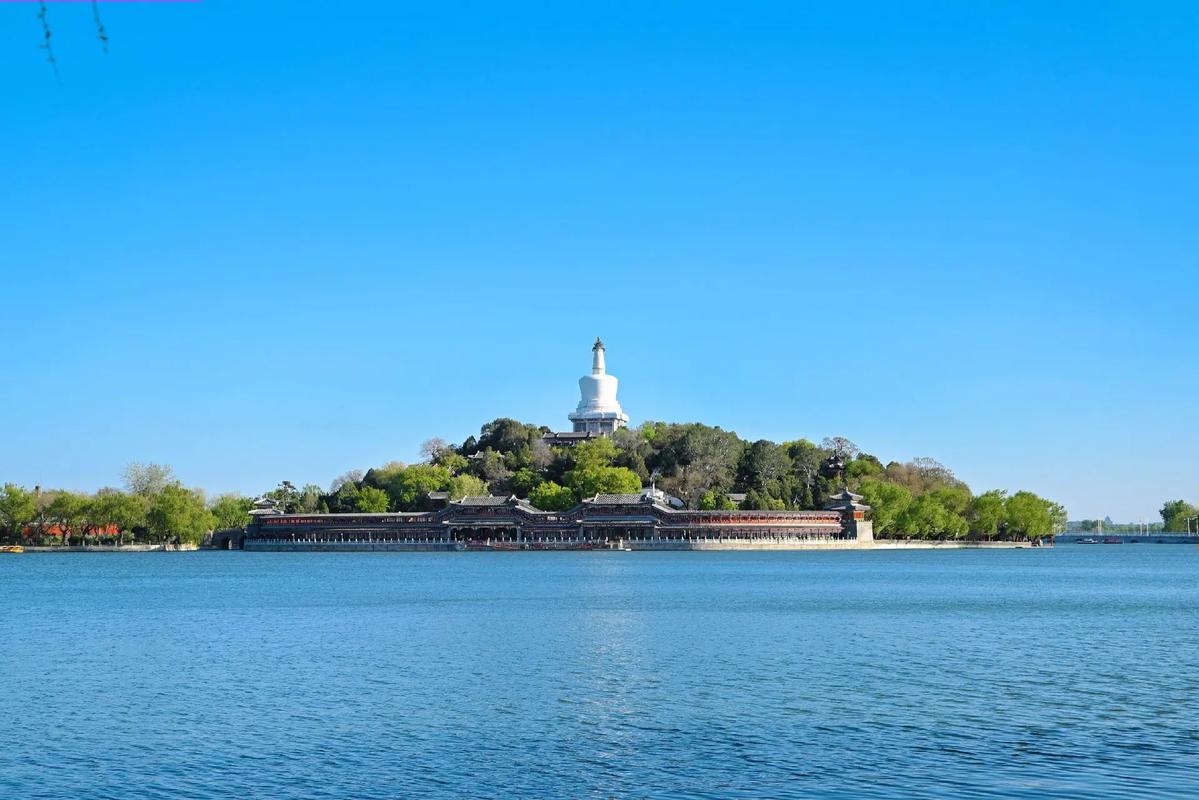
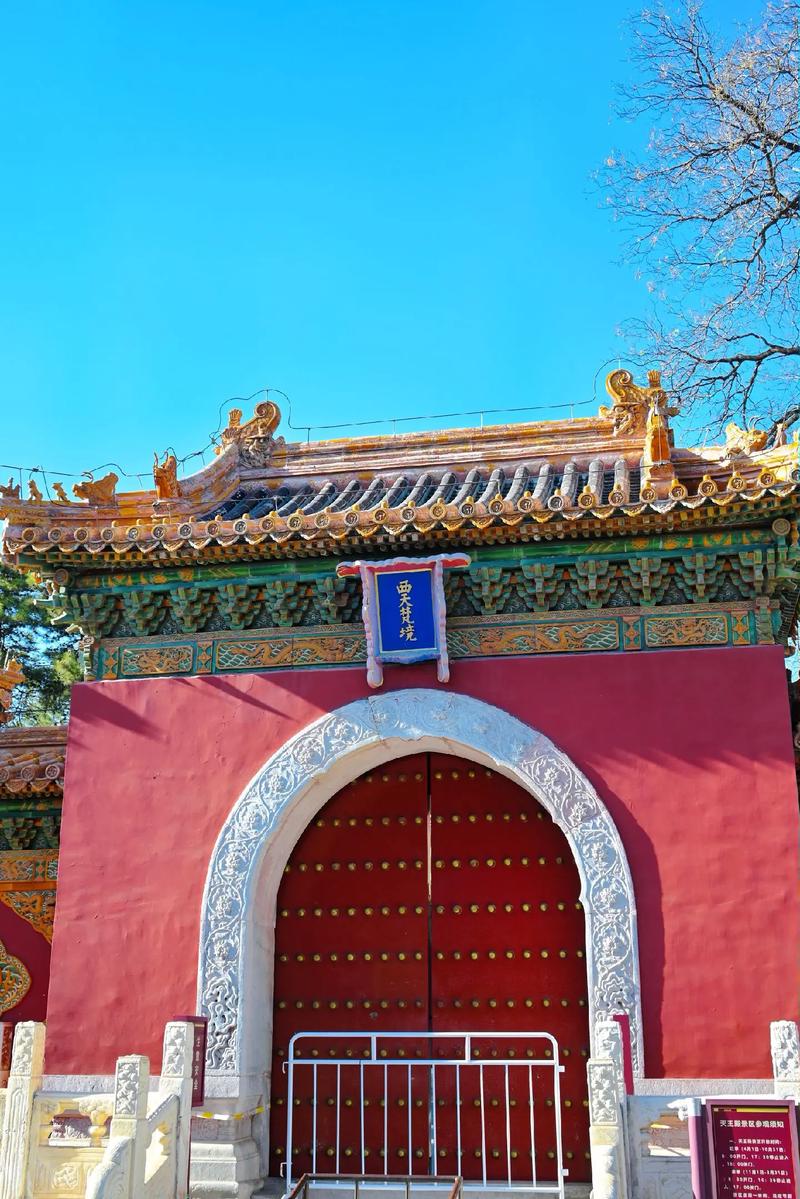
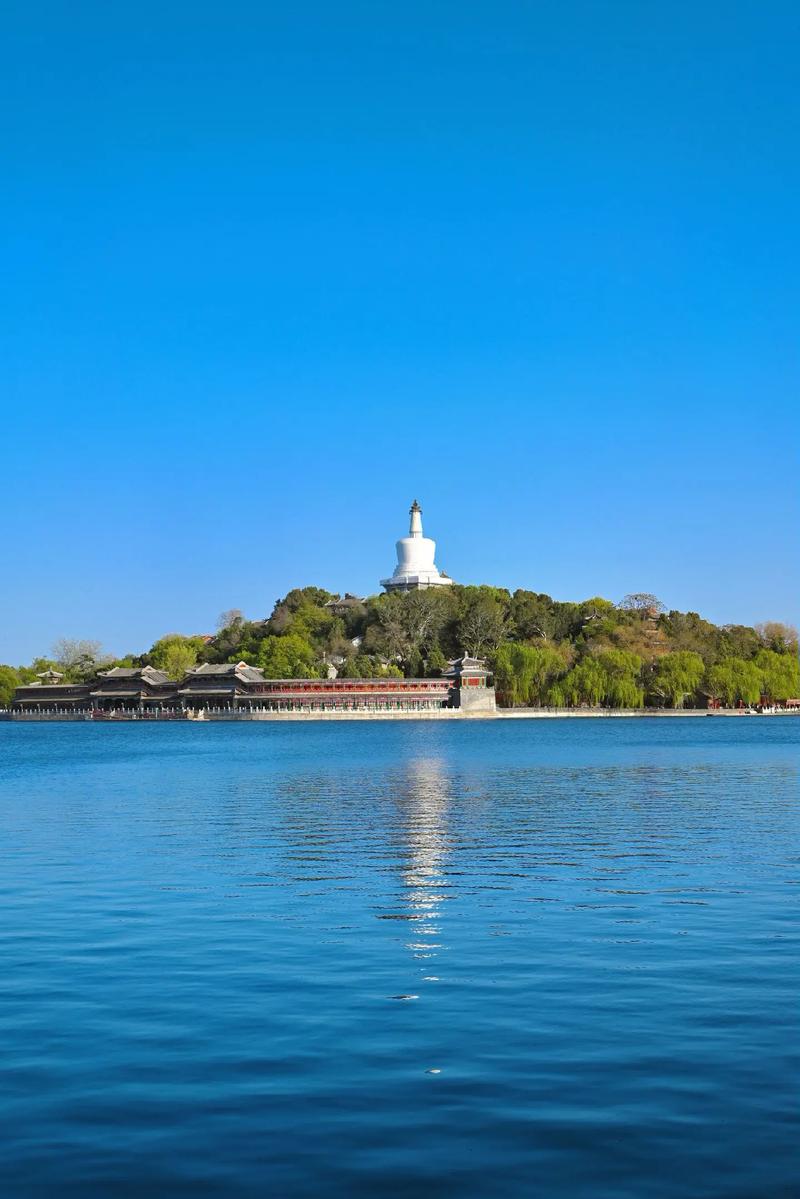
Beihai Park
One of the oldest imperial gardens in Beijing, known for its beautiful scenery and historical sites.
Information
Ticket price
Time
Location
1 Wenjin St, Xicheng District, Beijing, China
View maps
More about the trip
Beihai Park: An Imperial Garden Oasis in Beijing
Beihai Park, located northwest of the Forbidden City, is one of the oldest, largest, and best-preserved imperial gardens in China. With a history spanning over a thousand years, this picturesque park is centered around Beihai Lake and features a harmonious blend of natural landscapes and exquisite traditional architecture, making it a tranquil escape from the bustling city.
What to See and Do
White Dagoba (Baita): The iconic White Dagoba, perched atop Jade Flowery Islet (Qionghua Island), is the park's most prominent landmark. Built in 1651, this Tibetan-style stupa offers panoramic views of the park and the surrounding city from its base.
Nine-Dragon Screen (Jiulongbi): This magnificent glazed-tile screen, built in 1756, is one of only three such screens in China. It features nine large, coiled dragons playing with pearls, all in vibrant colors.
Five-Dragon Pavilion (Wulongting): A series of five interconnected pavilions with pointed eaves, resembling a long dragon winding along the northern shore of the lake. It's a popular spot for locals to relax, play cards, and enjoy the scenery.
Boating on Beihai Lake: During warmer months, you can rent a rowboat or pedal boat to explore the lake, offering a unique perspective of the park's islands and pavilions.
Round City (Tuancheng): Located at the southern entrance, this small, walled island features the Chengguang Hall, which houses a large jade Buddha statue, and ancient pine trees.
Best Time to Visit
Spring and autumn offer the most pleasant weather for exploring the park. In spring, the flowers are in bloom, and in autumn, the foliage turns golden. Winter can be magical when the lake freezes over and is used for ice skating.
How to Get There
Take Metro Line 6 to Beihai North Station (Exit B) for the north gate, or Metro Line 1 to Tiananmen West Station (Exit B) and walk north for the south gate.
Travel Tips
Wear comfortable shoes: The park is large, and you'll be doing a lot of walking.
Allow ample time: Plan for at least 2-3 hours to explore the main attractions.
Combine with other sights: Beihai Park is close to the Forbidden City and Jingshan Park, making it easy to visit them together.

